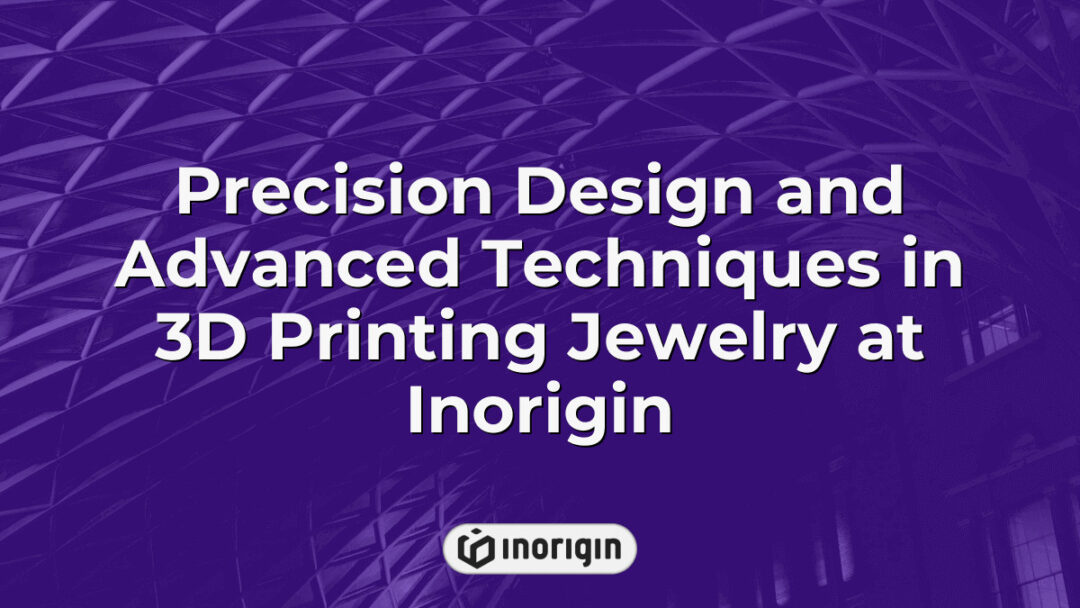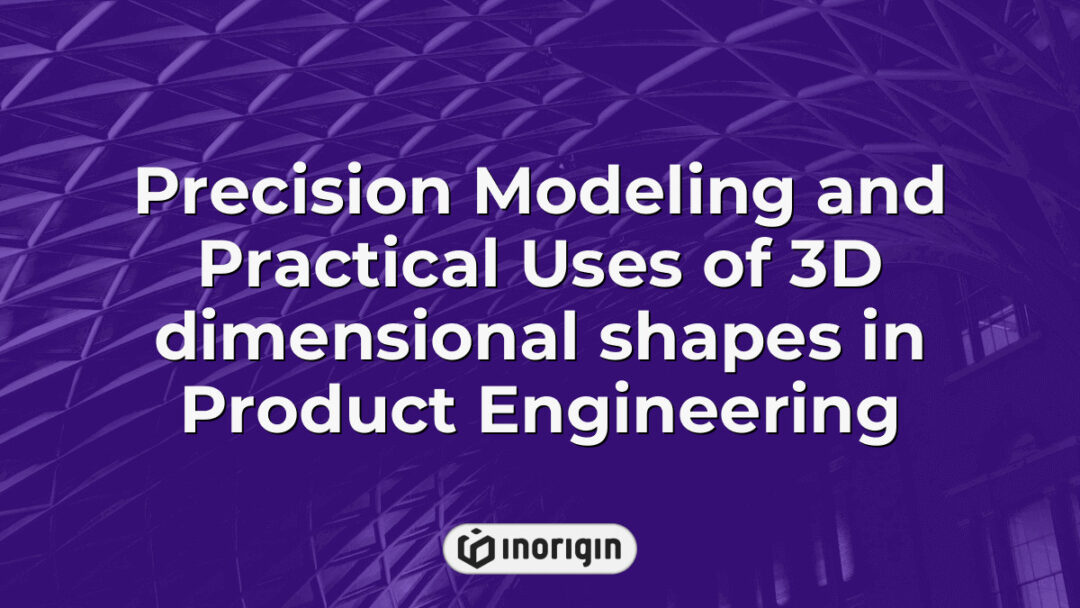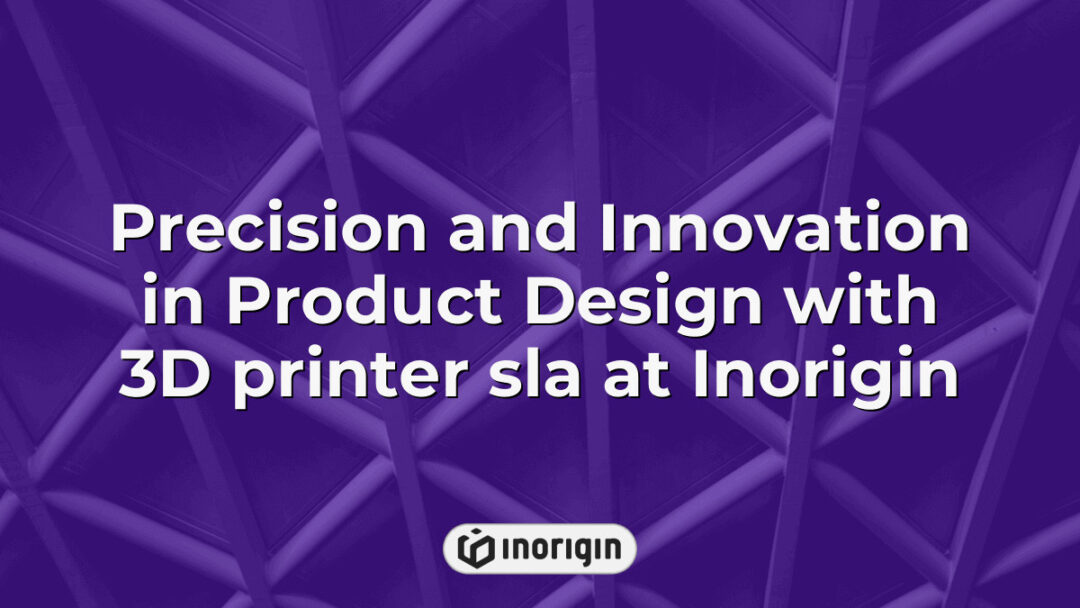The advent of 3D printing technology has revolutionized various industries, and the field of jewelry design stands at the forefront of this transformation. By harnessing advanced additive manufacturing techniques, artisans can now create intricate and bespoke pieces that were once constrained by traditional crafting methods. This technological innovation not only streamlines the production process but also empowers designers to experiment with complex geometries and materials, thereby expanding the boundaries of creativity in jewelry aesthetics. Furthermore, the ability to produce customized designs on-demand addresses consumer demands for personalization while reducing material waste—a significant concern in contemporary manufacturing practices. As exploration into 3D printing continues to evolve, its implications for sustainability, craftsmanship, and market accessibility promise to reshape the future landscape of jewelry making profoundly.
| Aspect | Key Takeaway |
|---|---|
| Overview of 3D Printing Jewelry | 3D printing jewelry enables the creation of highly intricate, customized pieces by combining advanced additive manufacturing techniques with creative design, expanding traditional boundaries. |
| Materials and Technologies | Utilizing precious metals and photopolymer resins through selective laser melting and binder jetting enhances design complexity and functional performance in jewelry production. |
| Design and Production Workflow | From CAD modeling to precise layer-by-layer printing and detailed post-processing, each stage ensures exceptional finish quality and design fidelity. |
| Choosing the Right 3D Printer | Evaluating printer precision, compatible materials, build volume, and post-processing capabilities is essential for meeting professional jewelry manufacturing standards. |
| Design Software Benefits | Specialized CAD tools support realistic visualization, parametric modeling, and collaboration, optimizing the transition from concept to physical piece. |
| Market Trends and Opportunities | The growing consumer demand for personalized jewelry offers designers and brands opportunities to leverage 3D printing jewelry for unique, on-demand creations. |
| Sustainability Considerations | 3D printing jewelry reduces material waste and supports eco-conscious production practices, aligning with modern sustainable manufacturing goals. |
Materials And Technologies Used In 3D Printing Jewelry
The process of 3D printing has revolutionized jewelry production by facilitating the use of advanced materials and technologies that enhance design possibilities. Initially, various types of plastics, such as acrylonitrile butadiene styrene (ABS) and polylactic acid (PLA), were primarily employed for creating prototypes; however, over time, more sophisticated materials have emerged. Among these, precious metals like gold, silver, and platinum can now be directly printed using selective laser melting (SLM) or binder jetting techniques, providing jewelers with opportunities to produce highly intricate designs at a lower cost than traditional methods. Moreover, resin-based printers utilizing photopolymerization allow for the creation of detailed wax models suitable for casting processes. The integration of innovative software also aids in achieving optimal results by enabling designers to visualize and adjust their work before actual production occurs. As a result, the combination of best materials and cutting-edge technologies significantly enhances both the efficiency and creativity within the field of jewelry manufacturing.
Step-by-Step Process Of Designing And Printing Jewelry
The process of designing and printing jewelry through 3D (three-dimensional) printing offers a compelling blend of artistry and technology; ironically, what once required the meticulous handcrafting by skilled artisans can now be executed with precision by advanced machinery. This seamless fusion is evident in three key stages: first, digital modeling utilizing computer-aided design (CAD) software allows designers to create intricate details; second, the transition from digital to physical form occurs when these models are sliced for layer-by-layer construction in various materials suitable for jewelry making; finally, post-processing treatments such as polishing or plating enhance the aesthetic appeal of the finished pieces. The iterative nature of this step-by-step approach not only highlights advantages associated with rapid prototyping but also addresses challenges related to material selection and fidelity in detail replication that accompany 3D printing for jewelry applications. Through each phase, an understanding emerges about how traditional artistic skills evolve alongside emerging technologies, culminating in unique pieces that reflect both contemporary innovations and time-honored craftsmanship principles.
Choosing The Right 3D Printer For Jewelry Making
Selecting the appropriate 3D printer for jewelry making is akin to choosing a finely cut gem; both require careful consideration of specific attributes to achieve optimal results. The realm of 3D printing in jewelry design necessitates an advanced understanding of various features offered by different d printers, especially when focusing on precision and quality of output. To navigate this process effectively, several critical factors should be taken into account:
- Precision – The best resin used in conjunction with a high-resolution d printer significantly enhances detail accuracy.
- Build Volume – A larger build volume can accommodate more extensive designs or multiple pieces being printed simultaneously.
- Material Compatibility – It is essential to ensure that the chosen printer supports materials suitable for fine jewelry applications, such as UV-cured resins typically employed in professional settings.
- Post-Processing Requirements – Understanding the post-processing needs associated with a specific device can streamline workflows within a precision workshop.
Assessing these criteria permits aspiring jewelers and established artisans alike to identify a system that meets their unique demands while fulfilling artistic ambitions efficiently. Each decision regarding equipment ultimately shapes the final product’s finesse, thereby reinforcing the necessity for meticulous evaluation during the selection process.
Exploring Design Software For Custom Jewelry Creation
The exploration of design software for custom jewelry creation is essential in the context of 3D printing technology. Firstly, such software provides a platform for artisans and designers to develop intricate prototype designs that can be seamlessly translated into physical objects through advanced D jewellery printing methods. Secondly, it allows users to manipulate various parameters including size, scale, and material specifications, which are crucial for achieving the desired aesthetic and functional qualities of the final product. Moreover, these tools often feature a range of functionalities designed to enhance creativity while streamlining the workflow. Consequently, understanding the available software options facilitates informed decision-making regarding the selection of appropriate tools for creating unique jewelry items.
- Enhanced visualization capabilities enable realistic representations of designs.
- Parametric modeling features support complex geometries adaptable across different styles.
- Collaboration functions allow multiple stakeholders to contribute effectively during the design process.
- Integration with 3D printers ensures compatibility between digital models and manufacturing requirements.
Thus, selecting suitable design software is integral to maximizing efficiency in producing bespoke jewelry pieces through D jewellery printing techniques. Effective utilization of these technological resources can significantly elevate both the artistic expression involved in jewelry making and its technical execution.
Market Trends And Opportunities In 3D Printed Jewelry
The rise of 3D printing technology in jewelry design symbolizes a transformative era, where creativity and personalization converge to create unique pieces that resonate with individual identities. As market trends indicate an increasing consumer desire for bespoke items, the advantages of adopting 3D printed jewelry become evident. This method allows for unprecedented customization, reducing production costs while enabling intricate designs that were previously unattainable through traditional manufacturing techniques. Moreover, opportunities abound within various sectors such as fashion, luxury goods, and sustainable practices; thereby establishing new avenues for businesses to capture niche markets. Furthermore, the environmental implications of 3D printing present an avenue for brands committed to sustainability to differentiate themselves by utilizing eco-friendly materials and processes. Collectively, these elements underline the significance of adapting to rapid technological advancements in order to meet evolving consumer demands and preferences.
Frequently Asked Questions
What Are The Environmental Impacts Of 3D Printing Jewelry?
The dazzling allure of 3D-printed jewelry captivates consumers and designers alike, offering a world where creativity can manifest in intricate forms with unprecedented ease. However, beneath the surface glimmer lies an array of environmental repercussions that warrant careful examination. Initially, the materials utilized in 3D printing—such as plastics and metals—present significant challenges regarding sustainability. The production processes often involve sourcing raw materials through methods that deplete finite resources and contribute to habitat destruction. Furthermore, the energy consumed during manufacturing may exacerbate greenhouse gas emissions, transforming the seemingly innocent act of adorning oneself into a more complex environmental dilemma. Transitioning to disposal practices reveals additional concerns; many common printing plastics are not biodegradable, ultimately leading to waste accumulation in landfills and oceans—a scenario akin to casting delicate trinkets upon troubled waters without regard for their long-term impact on marine ecosystems.
One vital consideration entails exploring eco-friendly alternatives in both material selection and production techniques. By prioritizing sustainable practices such as utilizing recycled materials or adopting renewable energy sources within the manufacturing process, artists and consumers can mitigate negative impacts while still enjoying the benefits of innovative technology in jewelry design.
How Does The Cost Of 3D Printed Jewelry Compare To Traditionally Made Jewelry?
The cost comparison between 3D printed jewelry and traditionally made jewelry reveals a landscape laden with factors that influence pricing. Initially, several significant elements contribute to this disparity:
- Material Costs – The choice of materials for both manufacturing processes directly impacts the overall price.
- Production Time – 3D printing often requires less time than traditional methods, potentially reducing labor costs significantly.
- Design Complexity – Intricate designs can be produced more easily using 3D printing technology without resulting in exponentially higher costs compared to conventional techniques.
- Market Demand – Shifts in consumer preferences towards unique or customized pieces may alter price dynamics.
Transitioning from these core aspects, it is evident that while 3D printing can lower some costs, other expenses such as machine maintenance and initial setup may offset savings. Furthermore, the ability to create personalized items may command a premium price due to increased demand for bespoke products. Contrastingly, traditional jewelry making typically incurs higher labor costs due to manual crafting processes but benefits from established market valuation and brand recognition which can justify their pricing structures. Overall, an objective assessment indicates that while average prices may vary depending on individual circumstances surrounding material quality and design specifications, the evolution of 3D printing continues to challenge traditional paradigms within the jewelry market landscape.
What Are Some Common Mistakes To Avoid When Starting With 3D Printed Jewelry?
The initiation of 3D printed jewelry production involves several considerations that can significantly impact both the quality and success of the output. First, a frequent mistake is underestimating the importance of design software proficiency; adequate skills in CAD (Computer-Aided Design) tools are essential for creating intricate and sophisticated designs. Secondly, neglecting material selection can lead to disappointing results; different materials yield varying levels of detail and durability, necessitating careful consideration based on anticipated use and consumer preferences. Lastly, failing to understand post-processing techniques often detracts from the final product’s appeal. For instance:
- Overlooking surface finishing methods may result in rough textures that hinder overall aesthetics.
- Ignoring the potential need for support structures during printing can compromise delicate designs, leading to structural failures.
- Misjudging scale and dimensions during design phases might affect fit or wearability when transitioning from digital models to physical pieces.
Addressing these common pitfalls will not only enhance the quality of 3D printed jewelry but also optimize workflow efficiency and customer satisfaction. An informed approach to each step fosters improved outcomes while minimizing errors inherent in the initial stages of this innovative production method.
How Can I Market My 3D Printed Jewelry Effectively?
Effective marketing strategies for 3D printed jewelry necessitate a multifaceted approach that integrates both digital and traditional channels. For instance, consider the hypothetical case of a small startup named "Artisan Prints," which specializes in bespoke 3D printed pieces. This company effectively utilizes social media platforms such as Instagram and Pinterest to showcase its intricate designs through high-quality visuals, leveraging user engagement by encouraging potential customers to share their personalized jewelry experiences. In addition to online strategies, participation in local artisan fairs allows Artisan Prints to create direct consumer relationships, fostering brand loyalty through personal interaction. Furthermore, collaboration with influencers in the fashion industry can amplify exposure; by providing them unique pieces for promotion, the brand can reach broader audiences while enhancing credibility. By strategically blending these various marketing approaches, businesses specializing in 3D printed jewelry can cultivate an established presence within both niche markets and larger retail environments, ultimately driving sales growth and customer retention.
Are There Special Considerations For Post-processing 3D Printed Jewelry?
The post-processing of 3D printed jewelry is a critical phase that can significantly influence the final quality and aesthetic appeal of the product. According to industry reports, approximately 30% of time invested in additive manufacturing processes is dedicated to post-processing activities. This statistic underscores the importance of this stage within the production cycle. Several key considerations must be meticulously addressed during post-processing for optimal outcomes: first, an adequate support removal process should be employed to ensure that no traces are left on the finished piece; second, surface finishing techniques, such as sanding or polishing, are essential for enhancing luster and smoothness; third, appropriate methods for applying coatings, which may include electroplating or patination, help achieve desired color effects and protect against tarnishing; fourth, thorough inspection protocols should be implemented to identify any defects resulting from layer adhesion failure or print inaccuracies.
Notably, each of these considerations requires specific expertise and attention to detail. The execution of proper support removal not only enhances aesthetics but also preserves structural integrity by avoiding risk factors associated with mechanical weaknesses. Surface treatment options further contribute to consumer satisfaction through tactile enhancement. Applying protective coatings can extend product lifespan while visual attributes are heightened under varied lighting conditions. Ensuring rigorous inspections mitigates potential returns due to unsatisfactory finishes or performance issues.
By addressing these pivotal aspects of post-processing comprehensively and systematically, producers can enhance both the tangible qualities and marketability of their 3D printed jewelry items.
Conclusion
The intersection of innovative technologies and artistic expression promises a transformative future for jewelry creation. As advancements in materials, design software, and printing techniques evolve, limitless possibilities emerge, challenging traditional craftsmanship. Will the fusion of creativity and technology redefine luxury accessories as society grapples with this fascinating evolution? The answer remains poised on the horizon.
Related posts:
- 3D printed jewelry revolutionizing design with precision and sustainability
- Precision and Creativity in 3D print jewelry Crafting at Inorigin Studio
- Precision Crafting and Material Innovations in 3D Printer Jewelry at Inorigin
- Transforming Everyday Life with Innovative 3D Printer Projects from Inorigin
- 3D printed earrings crafted with innovative design and material precision at Inorigin
- Innovative Ideas for Cool Stuff to 3D Print That Enhance Daily Life and Design




